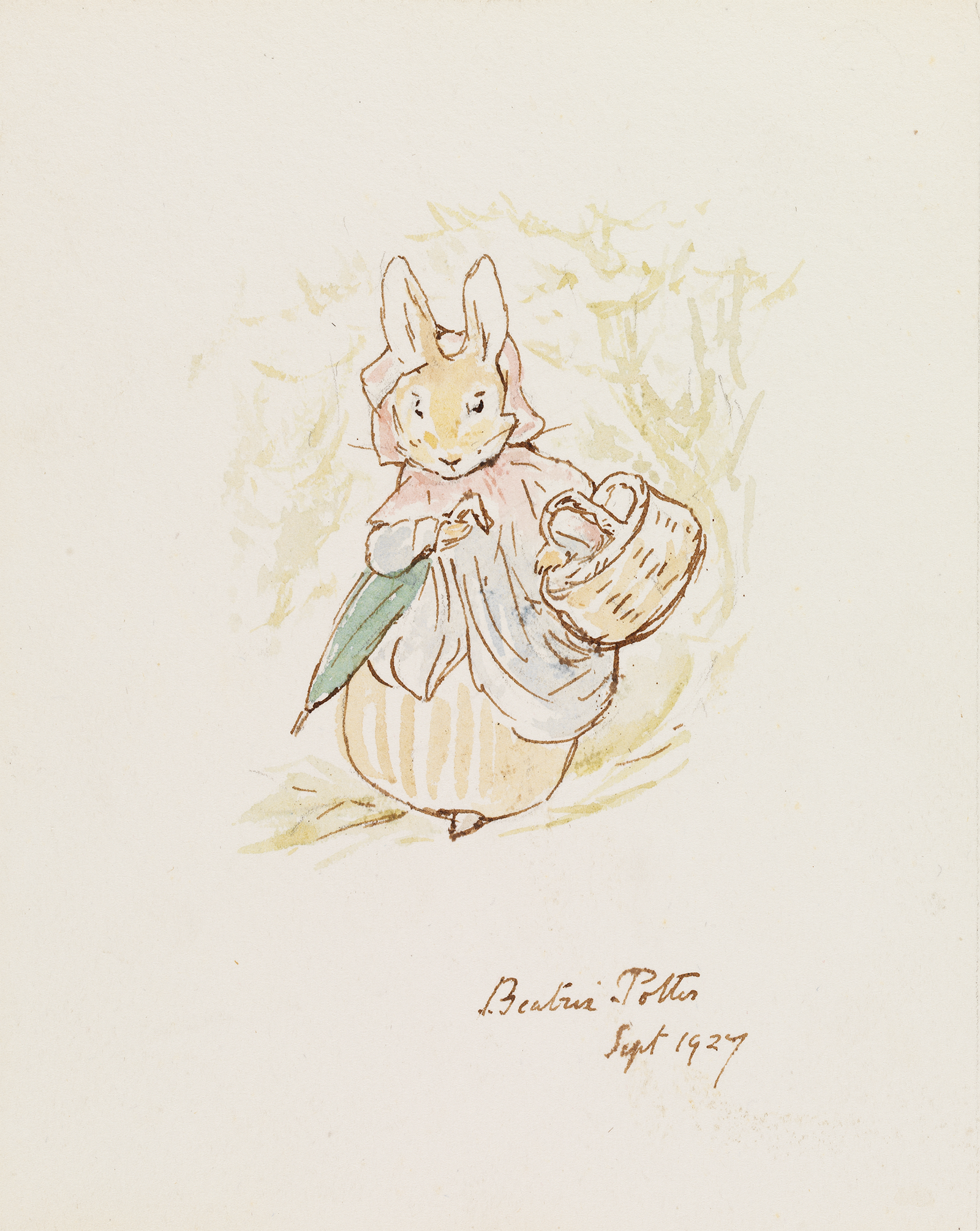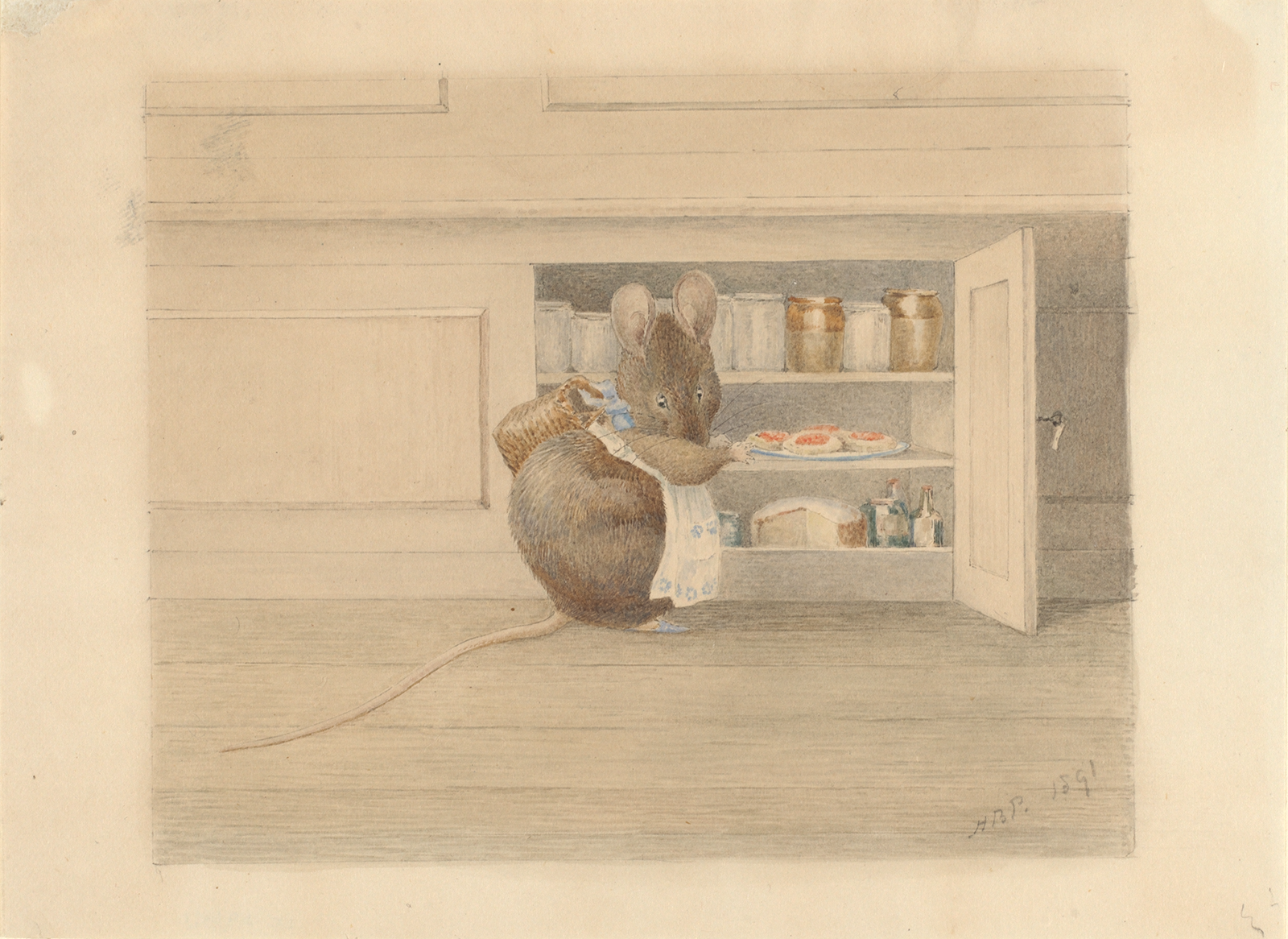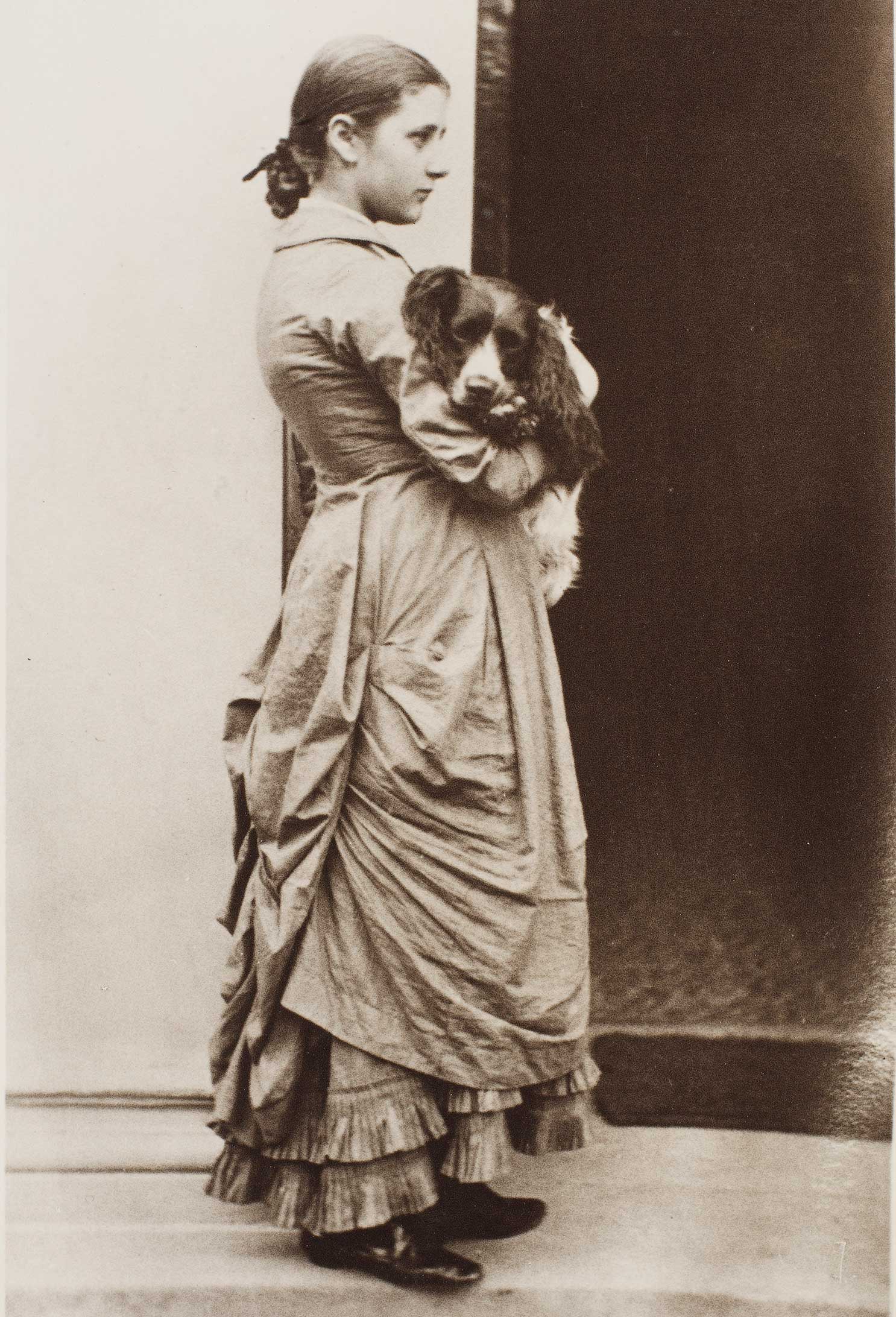The Frist Art Museum presents “Beatrix Potter: Drawn to Nature,” the first exhibition to tell the broader life story of the beloved English author and illustrator. Organized by London’s Victoria and Albert Museum—home to the world’s largest collection of Potter’s artworks—the exhibition will be on view through September 17, 2023.

In the classic children’s storybook The Tale of Peter Rabbit, published by Frederick Warne & Co., along with a further 22 children’s books that comprise the Complete Collection, Potter imagined an enchanting world of animals and gardens. She became one of the most successful author-illustrators of the 20th century and also defied expectations for women of her time by engaging in scientific studies, farming, and land conservation.

Presented in a playful and colorful family-friendly installation, “Drawn to Nature” features rarely seen objects, including personal letters, photographs, books, diaries, decorative arts, sketches, and watercolors that explore the inspirations behind Potter’s stories and characters. The engaging in-gallery interpretation text includes special labels designed for children. Two cozy carpeted areas in the galleries—one with oversized flowerpots and another with giant spools of thread for seats—invite guests to read Potter’s stories surrounded by her drawings and watercolors.
The presentation at the Frist is complemented by experiential learning activities in the Martin ArtQuest® Gallery, including writing illustrated letters, drawing objects found in gardens, playing in a puppet theater, and creating animations with flora and fauna.
Based on scholarship about Potter’s life and work, the exhibition reveals that her books emerged from her passion for nature and were just one of her major legacies. “From storyteller to natural scientist and conservationist, Beatrix Potter lived a truly remarkable and multifaceted life,” says Frist Art Museum senior curator Trinita Kennedy. “Through interactive features, video, and engaging prompts in every gallery, this exhibition invites guests of all ages to explore the full breadth of Potter’s work and life.”

Born in 1866, Helen Beatrix Potter lived in the same London townhouse until she was 47 years old. She and her younger brother kept dozens of pets, including rabbits named Benjamin and Peter, bats, birds, lizards, mice, snakes, a dog named Spot, and a hedgehog named Mrs. Tiggy, which would inspire Potter’s art and storytelling. “Potter was educated at home by governesses and was encouraged to draw, paint, and study natural history through books, museum visits, and direct observation,” writes Kennedy. “She collected fossils, insects, plants, and rocks, and used a microscope to make hundreds of detailed drawings of her specimens. Around the age of twenty, Potter developed a special interest in mycology, the study of fungi. She might have pursued a career as a professional scientist, had more pathways been open to women in the 19th century.”

Before her literary career began, Potter created and sold greeting cards, the first of which featured her own pet rabbit, Benjamin. She was also in the practice of writing entertaining letters to children that were embellished with drawings, and in her mid-thirties, she turned some of her letters into books. By the time she found a suitable publisher for her stories, Frederick Warne & Co. (today an imprint of Penguin Random House), in 1902, Potter had enough ideas that she released approximately two books a year until 1913. “She took great interest in all aspects of the design of her books, including the cover art, typefaces, end pages, and format,” writes Kennedy. “She was even particular about their size. Always attuned to her audience, she wanted small books for little hands.”
The Tale of Peter Rabbit has never been out of print since it was first published by Frederick Warne & Co. in 1902 and has sold more than 46 million copies globally. Today, more than two million of her “little books” are sold every year, while Peter Rabbit has appeared on books and merchandise in more than 110 countries.
Using royalties from her first books, she purchased the thirty-four-acre Hill Top Farm in the Lake District of northern England in 1905. The property includes a 17th-century house, an orchard, and a garden Potter nurtured. The Lake District serves as the setting for The Tale of Squirrel Nutkin, The Tale of Tom Kitten, and The Tale of Mrs. Tiggy Winkle. Peter Rabbit is a recurring character in some of her animal fables.

As part of her efforts to preserve the natural beauty and agricultural way of life in the Lake District, Potter acquired more property there. Between 1913 and 1930, she published only four books and turned her attention to rural pursuits. When she died at age 77 in 1943, she left Britain’s National Trust over four thousand acres and fourteen working farms—the largest bequest the charity had ever received. Today, her farms remain in operation, and Herdwick sheep, an ancient breed she helped to thrive, still graze in the hills and valleys of the Lake District.

“We hope this exhibition will inspire natural scientists, conservationists, and farmers as well as artists and storytellers,” says Annemarie Bilclough, Frederick Warne Curator of Illustration at the V&A. “Potter’s story shows that through talent, passion, and perseverance, life can take unexpected twists and turns and great things can grow from inconsequential beginnings.”
View more art museum announcements here at FineArtConnoisseur.com.







